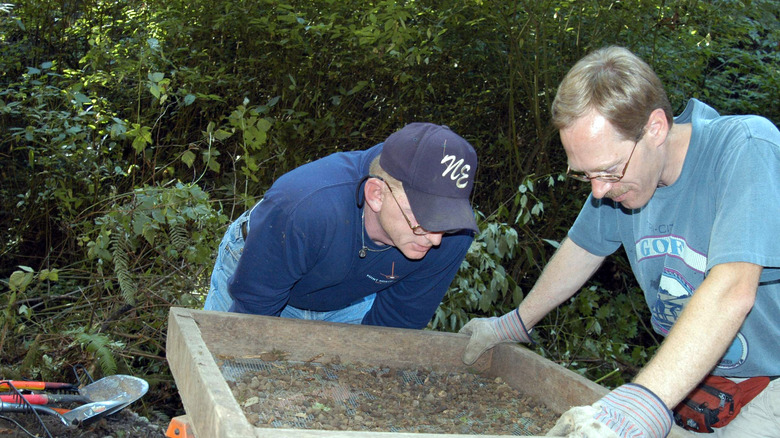How The Green River Killer Covered His Tracks For So Long
The Green River Killer is one of the most notorious murderers in the annals of serial killer history. Finally arrested in 2001 almost 20 years after his first victim was discovered, Gary Ridgway pleaded guilty to dozens of murders and was sentenced to life in prison in 2003 (via Seattle Times).
Ridgway was nicknamed the Green River Killer because many of his first victims were found in or near the Green River in Washington in south King County. Most of the women were sex workers who frequented a seedy strip along Highway99/Pacific Avenue South near Seattle-Tacoma International Airport in metro Seattle.
It seems unbelievable that it took King County investigators almost 20 frustratingly long years to catch Ridgway, from the time they realized they had a serial killer on their hands in August 1982 until they were able to match his DNA with three of the early victims in November of 2001 (via HistoryLink.org). So how did the Green River killer manage to evade capture for so long, especially since law enforcement actually had him on their radar as early as April of 1983?
One reason is the slow advancement of DNA technology. They had Ridgway's DNA as early as 1987, but DNA technology was still in its early stages in the 1990s (via The New York Times). They were not able to make a match until 2001 with the development of two new DNA tests: the polymerase chain reaction test, or PCR test, and the short tandem repeat test, or STR test.
Search for victims of the Green River Killer
In March of 2001, the Washington State Crime Lab began using the tests on evidence in the Green River case, and matched Ridgway with three of the victims. He was arrested in November of that year.
But other reasons Ridgway managed to elude authorities for so long came to light in his confession. He never kept any trophies from his victims, the Washington Post reported, and investigators never found any incriminating evidence in his home.
He told investigators that he always wore gloves when he picked up his victims and would only stop for sex workers who were alone. He also said if he was scratched by a victim, he clipped her fingernails. He went to great lengths to cover his tracks and to leave as little evidence as possible at his home or at the crime scenes.
The King County Sheriff's Office may have officially closed the case after Ridgway's 2003 conviction, but most people don't realize, according to KCPQ-TV, investigators are still working to identify at least two other victims of the Green River Killer. And some investigators believe there could still be more unidentified victims out there.

